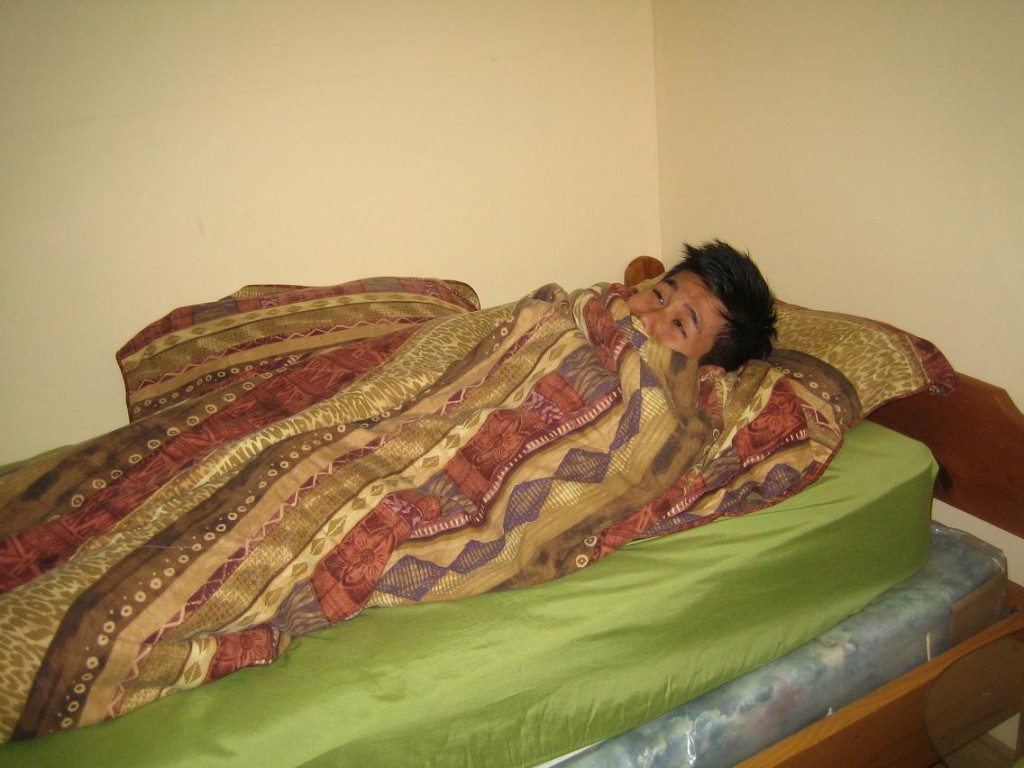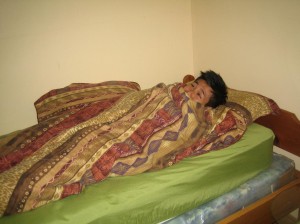A pressure ulcer or bedsore is a skin wound caused by extended, unrelieved pressure to a body part. These ulcers typically occur around bony prominences such as the heels, tailbone, hips, elbows and ankles.
Possible causes
Various factors can add up to the development of pressure ulcers. The main cause is constant pressure to an area of skin in the body. The continuous pressure results to damage by reducing the blood supply to the area and traumatizing the skin. Once the pressurized area rubs against other surfaces, the tissue is damaged further. The other contributing factors include:
- Poor health
- Excess moisture (urinary or fecal incontinence)
- Poor health and/or hydration
The main cause is constant pressure to an area of skin in the body. The continuous pressure results to damage by reducing the blood supply to the area and traumatizing the skin.
What are the types?
A pressure ulcer can be categorized based on the characteristics of severity:
Stage I (Beginning stage)
- The skin is still intact
- Skin appears reddened or ashen and does not blanch if touched
- The area might be firm, painful, warm, soft or cool
Stage II (Open wound)
The pressure ulcer appears as a shallow, reddish pink bowl-like wound or has an intact or ruptured blister.
Stage III (Deep wound)
- Pressure ulcer has a crate-like appearance
- Base of the wound has some yellowish dead tissue
- Extensive damage that exposes a fat layer
Stage IV (Large scale tissue loss)
- Exposed muscle, wound or tendons
- Base of the ulcer contains slough and/or darkened, crusty dead tissue
- Extensive damage and spreads beyond the original wound
What are the indications?
Pain is the usual symptom of a pressure ulcer. Any of the characteristics stated in the stages is a cause for concern.
A reddened mark that does not change over time or a blister that seems to worsen might be a pressure ulcer and requires assessment by a healthcare professional.
Management
If a pressure ulcer is not treated, it can result to sepsis, joint and bone infections and even death. When it comes to ulcers in stages I and II, they usually heal within several weeks with proper wound care and treatment of the risk factors that contributes to the formation of the wound.
As for stages III and IV, they are difficult to manage and if an individual has several chronic conditions or a terminal illness, the treatment is focused on wound management instead. Overall wound care includes the following:
- Relieving the pressure – regular positioning is vital especially those who are bed ridden or confined to a wheelchair. Those who are using a wheelchair must change position at least every 15 minutes. Individuals who are bed ridden must be repositioned at least every 2 hours. Remember that all the bony areas must be cushioned.
- Elimination of the affected tissue – the injured tissue is usually removed by cutting, irrigation or utilizing chemical-based ointments to promote the breakdown of the tissue.
- Proper cleaning and wound dressing – a pressure ulcer is cleansed using saline solution and dressing. All the dressings must aim to keep the wound at a suitable level of moisture while also providing a barrier to prevent infection
Quick Note / Disclaimer
The material posted on this page on pressure ulcers is for learning and educational purposes only. To learn to recognize and manage pressure ulcers and perform proper wound care, register for a first aid and CPR course with Red Deer First Aid.


